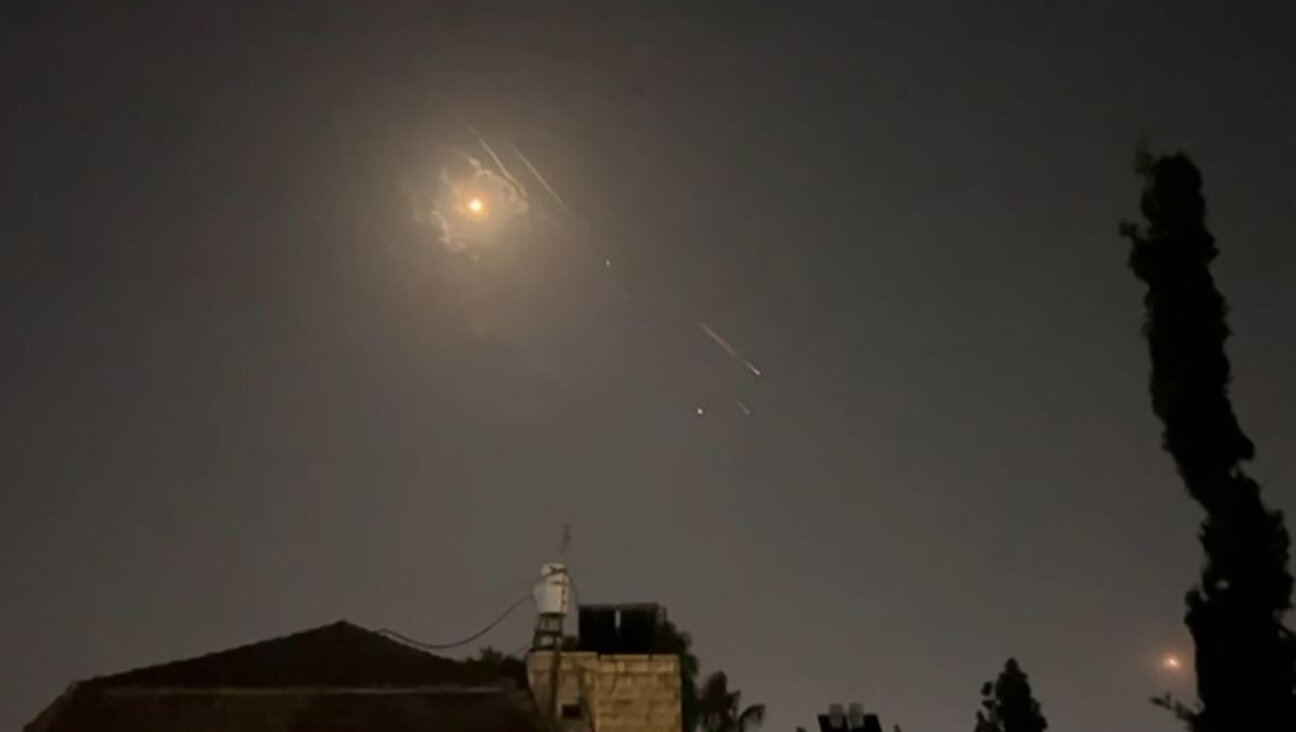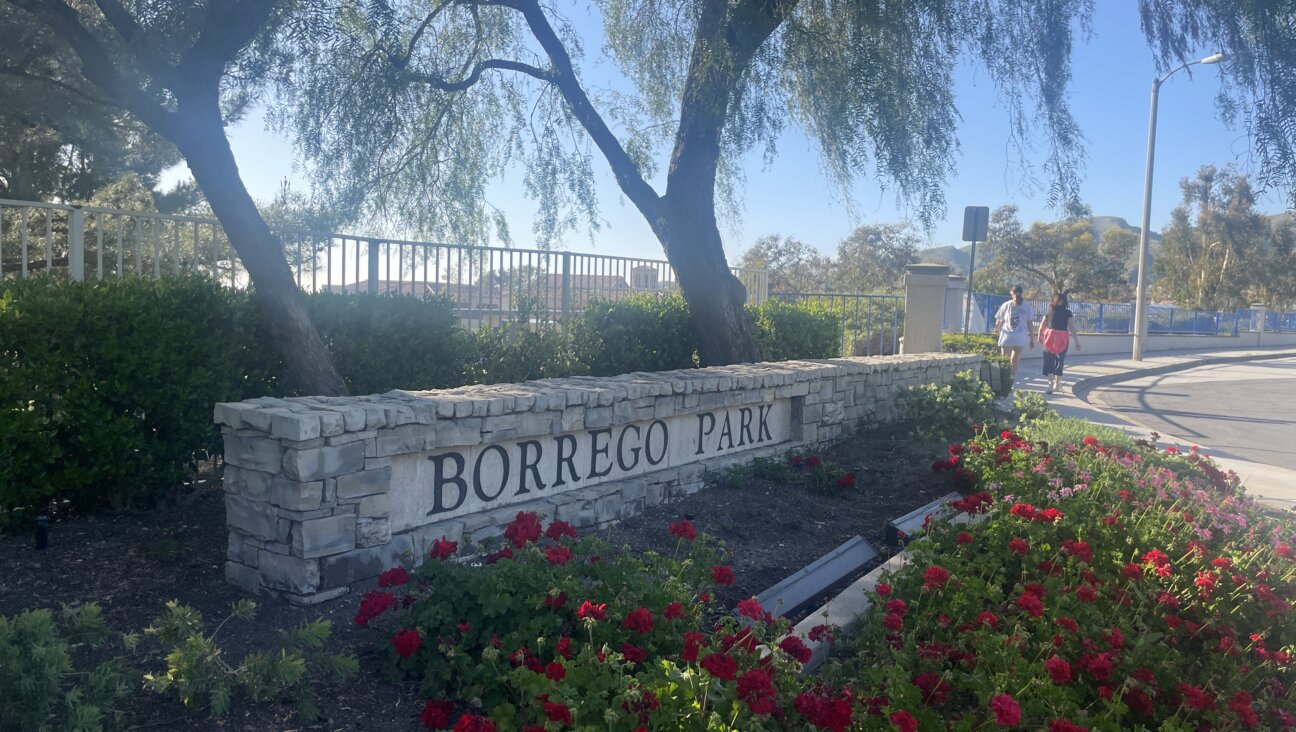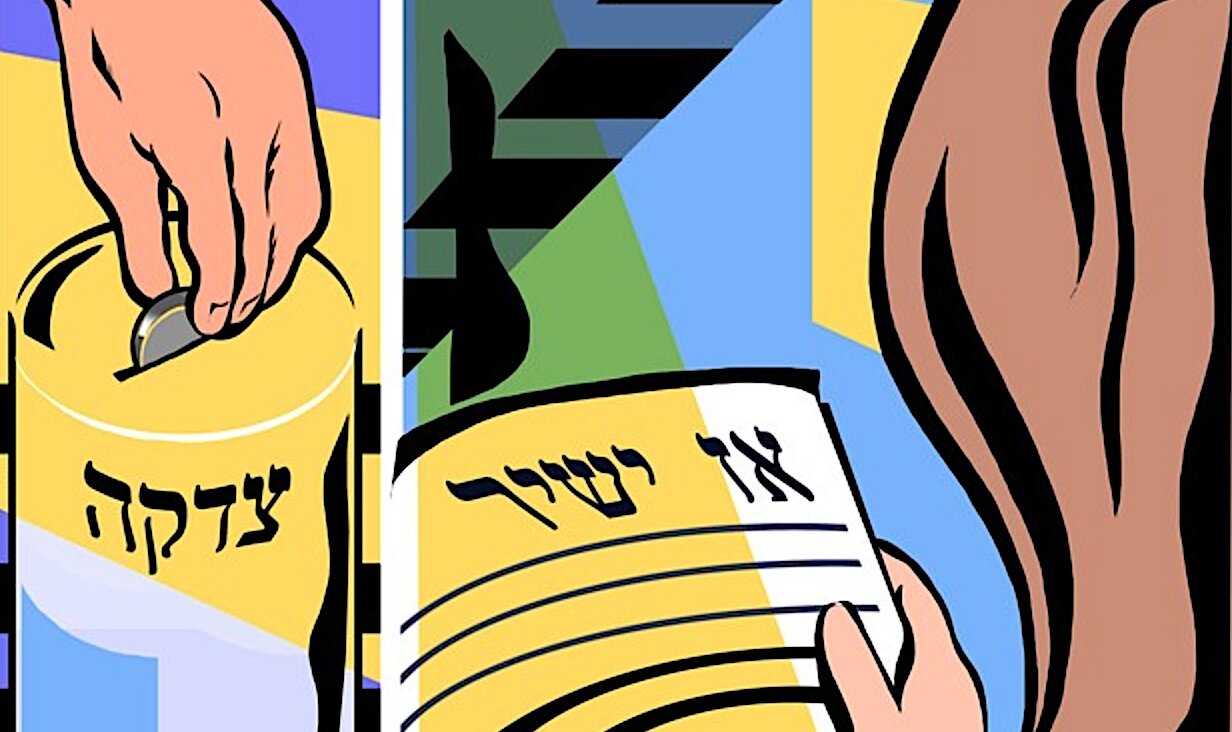As Old as the Hills
Samuel Jacobs of Massena, N.Y., writes:
“Here is a question that I have wondered about for decades. My mother, of blessed memory, was born near the shtetl of Dukshitz, in White Russia, now Belarus, and came to the United States as a young teenager in 1907. What Yiddish I learned was from her. I was always puzzled by an expression of hers, “It reminds one of the alte frantsoyse,” which, for her, had the meaning of, “It’s as old as the hills.” Although I always protested to her that being “reminded of the old Frenchmen made no sense, she never was able to give me an explanation for it. When I grew old enough to read and study history, I realized that Napoleon’s invasion of Russia in 1812 must have passed just to the north of this area, and I assumed that this historical event had given rise to my mother’s Yiddish expression. On the other hand, maybe this was just a young boy’s overactive imagination at work. What can you tell me?”
Napoleon indeed crossed White Russia twice in 1812, once on his march to Moscow and the second time on his disastrous winter retreat that ended with the annihilation of his army. In Jewish folklore this rout is mostly remembered by a legend telling how, separated from his troops and fleeing the Russians, the French emperor was hidden or helped by a merciful Jew, whom he rewarded with the only item of value in his possession: his gold-buttoned-and-brocaded military greatcoat.
In one version of this tale, a Jew from Mogilev named Yona Lurie was saying the afternoon prayer one day when Napoleon knocked on his door and asked for shelter. Lurie hid the emperor and then escorted him to safety, in return for which he received the emperor’s coat, only to be waylaid on his way home by highwaymen who stripped it of its gold and let him go. As a thanks-offering for being saved, Lurie then had the remains of the coat made into a parokhet, a drape for a Torah ark, and donated it to a synagogue in which it hung until its disappearance during World War II. A photograph, purporting to be of it, still exists.
It is debatable whether Napoleon, however grateful for being helped, would have parted with his coat on a Russian winter day, but in any case, Mr. Jacobs’s mother’s expression is unlikely to come from the French invasion of 1812. It’s more probably a garbling or misunderstanding, either by her or by her linguistic surroundings in Dukshitz, of the Yiddish word altfrenkish, i.e., old fashioned or absurdly old.
In point of fact, the frenkish in altfrenkish has nothing to do with either France or Frenchmen, although it ultimately is connected to the Franks, who gave France its name. These, you might recall, were the Germanic tribes who crossed the Rhine into Gaul during the days of the Roman Empire and eventually wrested the territory of modern-day France from the Roman legions. To historians, Gaul’s conquerors are known as the West Franks; the Franks who stayed behind in what became Germany are known as the East Franks, and they, too, gave their name to a region — namely, the medieval Duchy of Franconia, which lay east of the Rhine south of Saxony and north of Swabia.
Yiddish altfrenkish comes from German altfrankisch, “old Franconian,” which means “old fashioned,” too. For this you can probably blame Tilman Riemenschneider. Riemenschneider (1460-1531), whose work was staged in an exhibition at New York’s Metropolitan Museum and Washington’s National Gallery of Art a few years ago, was a sculptor who spent most of his career in the Franconian city of Wuerzburg, where he had a large workshop and was active in civic life. The best known of a school that included such figures as Niclaus Gerhaert von Leiden, Michel Erhart and Veit Stoss, he occupied a position midway between the Late Gothic style of northern Europe, of which he was one of the last great figures, and the northern Renaissance, then already in full swing. Since the northern Renaissance itself came a century after the onset of the Renaissance in Italy, whose realism and humanism spread only slowly to France, Holland and Germany, the persistent Late Gothic features of Riemenschneider and his fellow Franconians seemed to connoisseurs of the day not only conservative, but also positively out of date. From here came the word altfrankisch, originally applied to the Late Gothic art of Franconia, then to any style of art that seemed outmoded and, finally, to anything old fashioned at all.
Jews in Dukshitz, needless to say, never would have heard of Franconia, much less of Tilman Riemenschneider and the Late Gothic. Some of them (or perhaps just Mr. Jacobs’s mother), hearing the expression altfrenkish, therefore assumed that it referred not to a German duchy named for the East Franks, but to France — Frankraykh in Yiddish — and the French. Exactly who these “old Frenchmen” were, they did not know; all they knew was that they had existed long ago and were as old as the hills.
Questions for Philologos can be sent to [email protected].

I hope you appreciated this article. Before you go, I’d like to ask you to please support the Forward’s award-winning journalism this Passover.
In this age of misinformation, our work is needed like never before. We report on the news that matters most to American Jews, driven by truth, not ideology.
At a time when newsrooms are closing or cutting back, the Forward has removed its paywall. That means for the first time in our 126-year history, Forward journalism is free to everyone, everywhere. With an ongoing war, rising antisemitism, and a flood of disinformation that may affect the upcoming election, we believe that free and open access to Jewish journalism is imperative.
Readers like you make it all possible. Right now, we’re in the middle of our Passover Pledge Drive and we need 500 people to step up and make a gift to sustain our trustworthy, independent journalism.
Make a gift of any size and become a Forward member today. You’ll support our mission to tell the American Jewish story fully and fairly.
— Rachel Fishman Feddersen, Publisher and CEO
Join our mission to tell the Jewish story fully and fairly.
Our Goal: 500 gifts during our Passover Pledge Drive!























